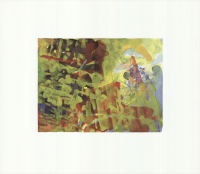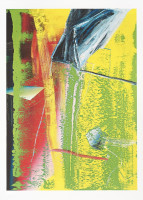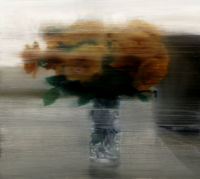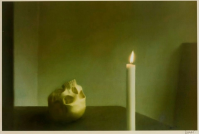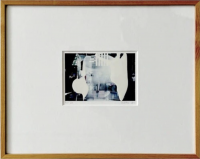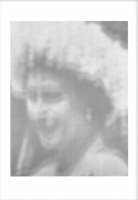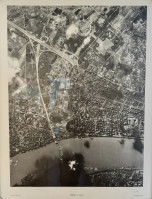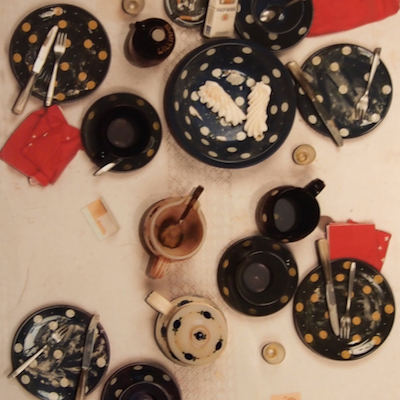
Details
Artist
Styles
Hybrid raster dissolved offset/digital high quality art print on Rives 260 gsm paper. - Not signed // Gerhard Richter's Tiger is a limited edition offset/digital print, originally created in 1965 and reissued in 2022. This artwork is rendered in grayscale, presenting a blurred and dynamic image of a tiger in motion. The hybrid raster and dissolved technique give the image a sense of speed and abstraction, emphasizing Richter’s mastery of blending photorealism with painterly elements. Printed on high-quality 260g Rives paper, the piece captures the tension between the wild subject matter and the soft, almost dreamlike treatment of the image. Although unsigned, this edition reflects Richter's ongoing exploration of perception, nature, and reality through the lens of his distinctive blurred style.
Tiger, 1965/2022
form
Medium
Size
70 x 70 cm
- Inches
- Centimeters
Edition
Price
- USD
- EUR
- GBP
Details
Artist
Styles
Hybrid raster dissolved offset/digital high quality art print on Rives 260 gsm paper. - Not signed // Gerhard Richter's Tiger is a limited edition offset/digital print, originally created in 1965 and reissued in 2022. This artwork is rendered in grayscale, presenting a blurred and dynamic image of a tiger in motion. The hybrid raster and dissolved technique give the image a sense of speed and abstraction, emphasizing Richter’s mastery of blending photorealism with painterly elements. Printed on high-quality 260g Rives paper, the piece captures the tension between the wild subject matter and the soft, almost dreamlike treatment of the image. Although unsigned, this edition reflects Richter's ongoing exploration of perception, nature, and reality through the lens of his distinctive blurred style.
- Recently Added
- Price (low-high )
- Price (high-low )
- Year (low-high )
- Year (high-low )
Gerhard Richter
Abstraktes Bild, 1982 (Werk 503), 1982/2025
Limited Edition Print
Mixed Media
EUR 1,880
Gerhard Richter
Offset Of Abstract Painting, 1977
Limited Edition Print
Mixed Media
GBP 12,000 - 17,000
Gerhard Richter
Seestück (bewölkt), 1969/2022
Limited Edition Print
Digital Print On Paper
GBP 4,600
What is Nouveau Realism?
Nouveau Réalisme is an artistic movement founded in 1960 by art critic Pierre Restany and painter Yves Klein during a collective exhibition at a gallery in Milan. Restany wrote the original manifesto in April 1960, proclaiming the movement. In October of that year, nine artists, including Martial Raysse, Yves Klein, Daniel Spoerri, Jean Tinguely, Arman, Pierre Restany, and three Ultra-Lettrists—Jacques de la Villeglé, François Dufrêne, and Raymond Hains—signed the declaration. In 1961, the movement expanded to include Mimmo Rotella, Niki de Saint Phalle, Gérard Deschamps, and César. The movement emphasized a return to reality in art, often incorporating everyday objects and exploring the boundaries between art and life.


